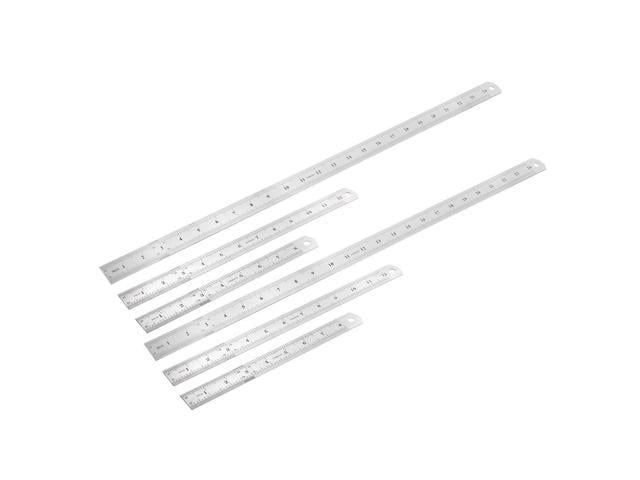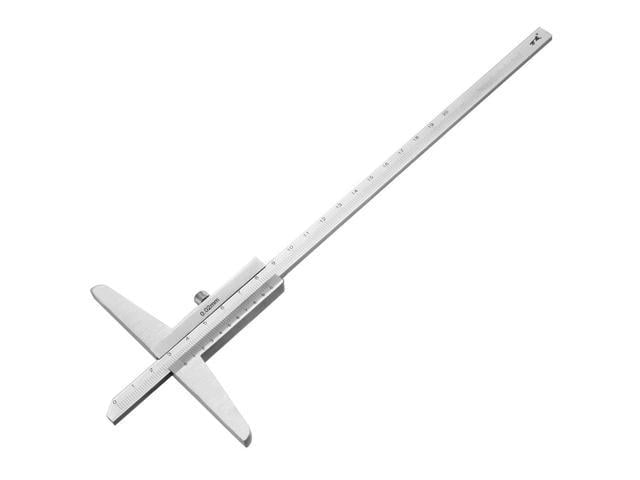Excerpt from Contributions to the Natural History of the Lepidoptera of North America, Vol. 2
The specimen figured in figure I has been compared with Strecker’s type, which is also a 8 and 1s almost an exact counterpart of this. The species has been generally confused with a suffused form of fulvia Edw. With which it is very similar, and until we received our Nevada material we had fallen into the same error. The specimen figured by Clemence (can. Ent. XLIV 102, 1912) and misidentified by ourselves, is not alma 9 but this suffused form of fulm’a. The best point of distinction between the two species is found on the underside of the secondaries; in alma a subbasal black band is more or less indicated, being especially strong in the 9’s; in fulw’a this band is entirely lacking. No mention is made in Strecker’s description of this band but the type 3 distinctly shows the black costal spot and traces of black in the cell. Besides the Nevada locality, we also have received the species from Provo, Utah; it is evidently the most northern form of the fulm’a group and approaches leanira in possessing the subbasal band. On the upper side the black markings are less developed than in the most suffused form of fulz’ia we have seen, and the pale yellow maculation tends to deepen in color and become lost in the ground color; this is especially noticeable in the median band and the spots towards base of wing.
About the Publisher
Forgotten Books publishes hundreds of thousands of rare and classic books. Find more at www.forgottenbooks.com
This book is a reproduction of an important historical work. Forgotten Books uses state-of-the-art technology to digitally reconstruct the work, preserving the original format whilst repairing imperfections present in the aged copy. In rare cases, an imperfection in the original, such as a blemish or missing page, may be replicated in our edition. We do, however, repair the vast majority of imperfections successfully; any imperfections that remain are intentionally left to preserve the state of such historical works.















